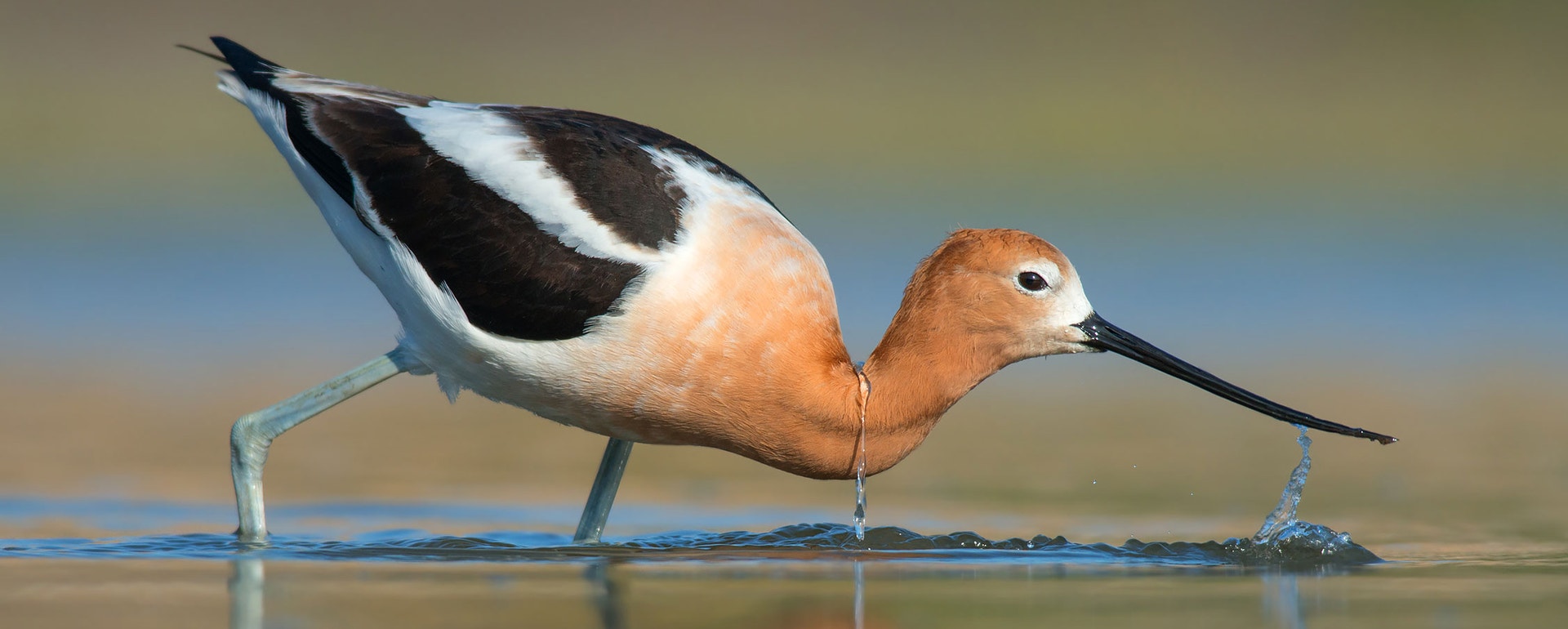
Significant climate legislation one year after passage.
Audubon helps restore freshwater wetlands, riparian areas, and land around the saline lakes of the Intermountain West, and works with federal and local officials to secure funding to keep these vital areas protected and productive.

Largest freshwater coastal wetland restoration effort to stabilize declining bird populations and improve water quality

The two nests were the result of years of conservation work along the shores of Lake Erie by Audubon Pennsylvania and its partners.

On Wisconsin's Cat Islands and around the region, wildlife managers are working to create avian safe harbors from the climate-fueled fluctuations.

Great Salt Lake, Colorado River, Salton Sea, and other lakes, rivers, and wetlands need lasting solutions.

Key stopovers at Great Salt Lake and Mono Lake allow for 10000 mile migrations.

Arizona, California, and Nevada are proving they can live with less.

An official report says that South Florida's wading birds had an even better 2018 than we thought.

At Everglades Action Day, advocates work together towards a common goal: full restoration of the Greater Everglades Ecosystem.

Bill Provides Important Wins for Birds, People and Ecosystems Nationwide. “More cement isn’t the answer.”

The Delaware River Basin Restoration Program was created by federal legislation in 2016. This innovative program of the U.S. Fish and Wildlife...

Funding for the protection, restoration and healthy growth of the nationally significant watershed helps birds, people and local economies.

Brewers depend on clean, reliable water to survive and thrive, just like birds.





Let us send you the latest in bird and conservation news.
